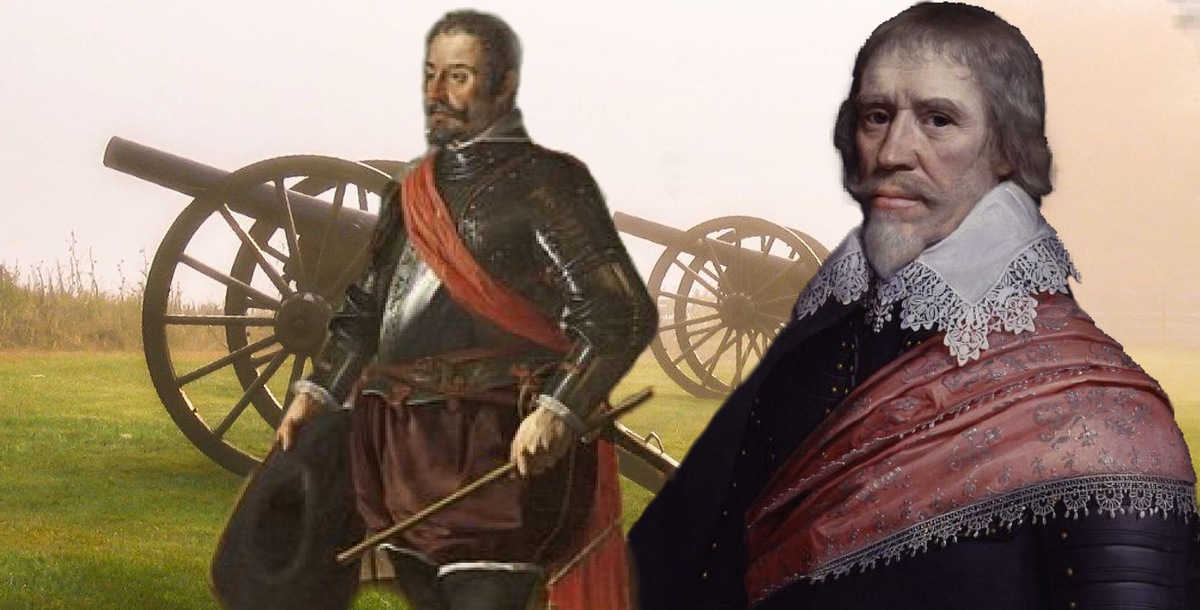“If ignorant both of your enemy and yourself, you are certain to be in peril.”
War is no laughing matter. However, there have been incidents throughout military history that are literally cringeworthy. Some of them might even bring a smirk to your face because of the utter stupidity and hubris involved.
Celebrated Prussian general Carl Friedrich Gottfried von Clausewitz had many rather clever things to say about both war and the qualities able military commanders need to possess:
“Two qualities are indispensable: first, an intellect that, even in the darkest hour, retains some glimmerings of the inner light which leads to truth; and second, the courage to follow this faint light wherever it may lead.”
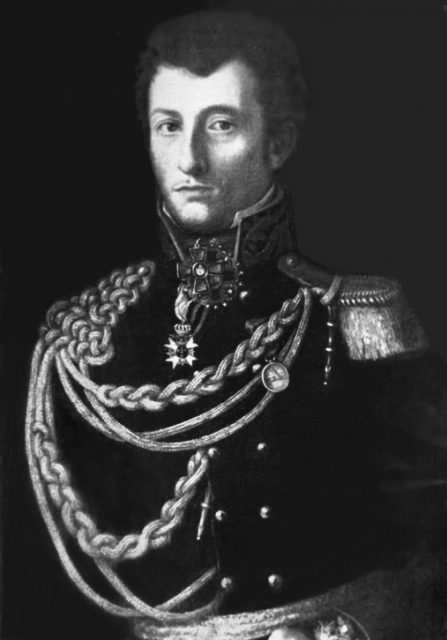
And Sun Tzu, the Chinese general and military strategist who is credited as the author of The Art of War, said: “If ignorant both of your enemy and yourself, you are certain to be in peril.”
Both ignorance and lack of intellect have played roles in many embarrassing military blunders. Let’s take a look at five of them.
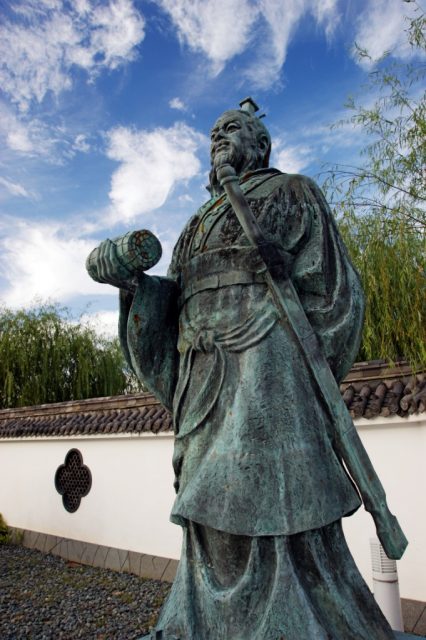
The Battle of Karánsebes – which all started because of booze
On the night of September 21-22, 1788, the Austrian army – 100,000 strong – launched an alcohol-infused attack on itself and lost up to 10,000 men in the Battle of Karánsebes.
How could this happen? How exactly could this particularly tragic incident involving friendly fire come about?
At the time, Austria was at war with the Ottoman Empire, which still threatened Austria’s southern borders. Various parts of the Austrian army were in search of the Ottoman army in Rumania.
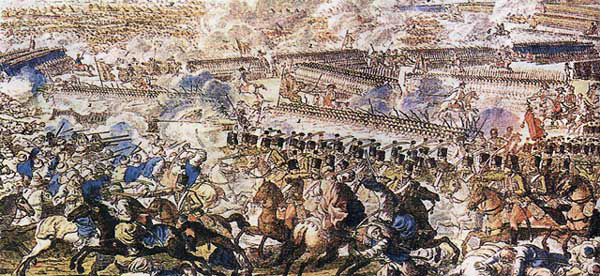
There, Austrian hussars met a group of Tzigani, who offered to sell them several barrels of schnapps. Later, when a troop of infantrymen came across the drunken hussars, they also wanted to party and demanded some of the liquor.
But the hussars refused. And to protect their cherished bounty of schnapps, they proceeded to build a makeshift fortification around the barrels.
The situation escalated very quickly!
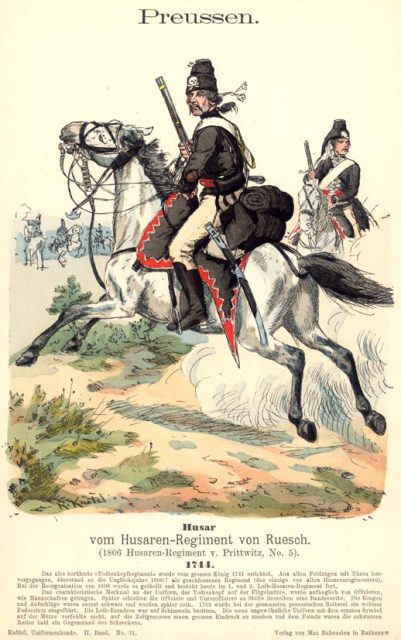
The infantrymen were outraged. A heated argument broke out until an infantryman shot his musket into the air.
For whatever reason, one of the other soldiers started screaming “the Turks! the Turks!” whereupon the hussars fled the scene in the belief that the Ottomans were attacking. Almost instantaneously, the infantry unit broke up too and scattered in all directions.
The situation was made a lot worse because the Austrian army consisted of mercenaries from all across Europe. As a result, the quality of the men’s German was halting, to say the least.
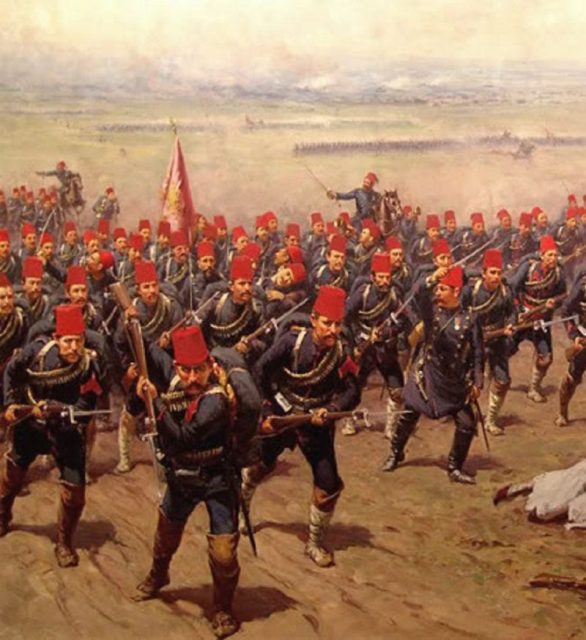
“HALT! HALT!”
But unfortunately, this command shouted by the Austrian officers was immediately misconstrued as “Allah! Allah!”
At this point, all hell broke loose throughout the Austrian encampment. The fleeing hussars riding through the camp added to the effect – an officer believed it was an all-out Ottoman attack, and ordered the artillery to open fire.
Now that the rest of the troops were awake, they opened fire as well and shot at everything that moved.
Two days later, when the Ottoman army reached the city of Karánsebes, they found up to 10,000 Austrian casualties in the area, and conquered the city without firing a musket.
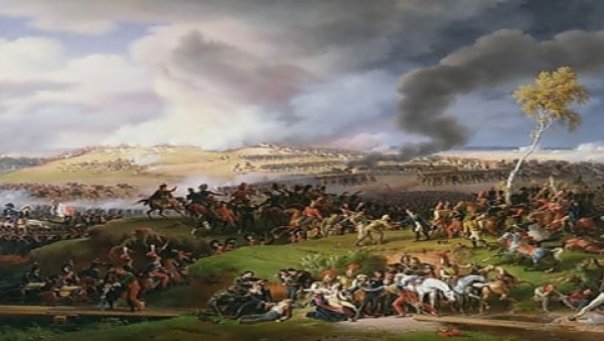
Charge of the Light Brigade – they went down the wrong valley
The ill-fated Charge of the Light Brigade (1854) happened when Great Britain was at the zenith of her power during the Victorian Age. The British and French had joined forces to face off with the Russian Empire in support of the Ottoman Empire in what is called the Crimean War.
During the Battle of Balaclava, Field Marshal FitzRoy James Henry Somerset, 1st Baron Raglan, spied the Russians overrunning Ottoman artillery positions. When he saw that the enemy was in the process of taking the guns, he gave the order for the British cavalry to impede their efforts.
What happened next inspired the well-known poem by Alfred, Lord Tennyson.
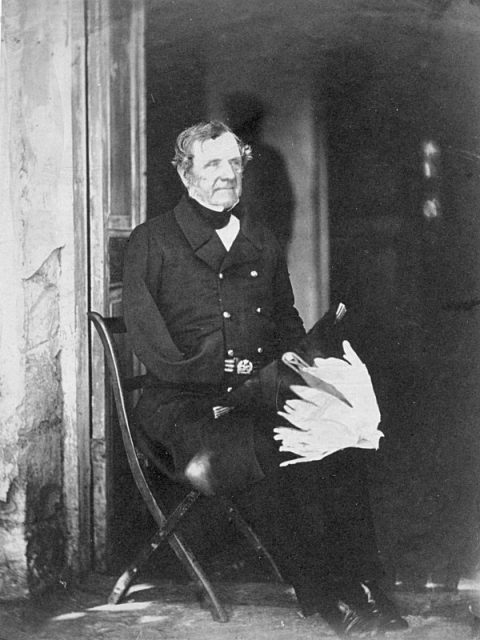
Raglan, a disciple of Britain’s most famous commander, the Duke of Wellington, knew that cannon should never fall into the hands of the enemy. He promptly sent Captain Louis Nolan as a messenger with orders for the cavalry to engage the Russians.
“Attack, sir!” said Nolan to George Bingham, 3rd Earl of Lucan, the overall commander of the British cavalry.
“Attack what? What guns, sir?” asked Bingham, holding the missive in his hand.
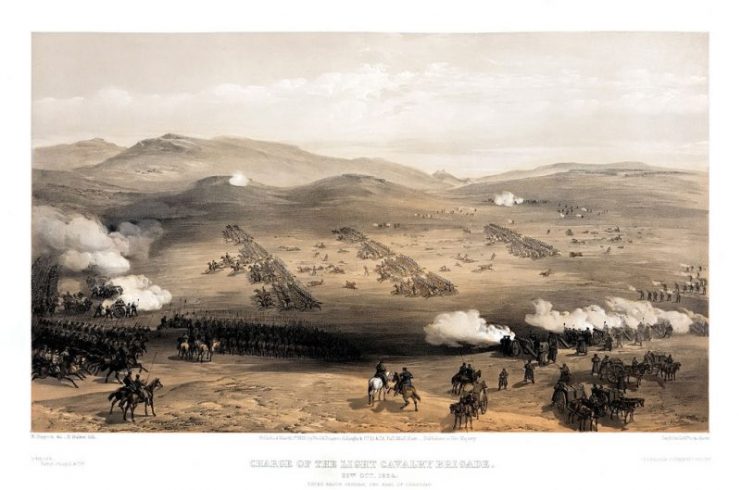
“There, my Lord, is your enemy! There are your guns!” shouted Nolan fervently, pointing.
Nolan’s outstretched arm pointed ahead in general, but otherwise it was unclear which direction he meant. Lucan, agitated by Nolan’s impetuous and disrespectful attitude, followed his gesture and spied a well-defended Russian artillery emplacement instead of the guns Raglan actually wanted to be protected. Lucan was incredulous – the task at hand was seemingly suicidal.
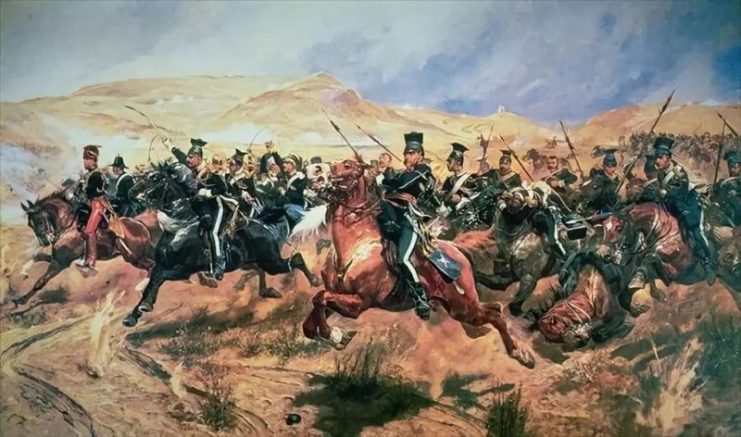
But even so, the order was given to James Brudenell, 7th Earl of Cardigan, the man who commanded the Light Brigade, to advance and attack the Russian cannon. Eventually, the British charged down the wrong valley, resulting in 278 casualties out of a total force of close to 700.
The charge was so audacious that the Russians thought that the British were drunk. The French general Pierre Bosquet famously observed, “It is magnificent, but it is not war: it is madness.”
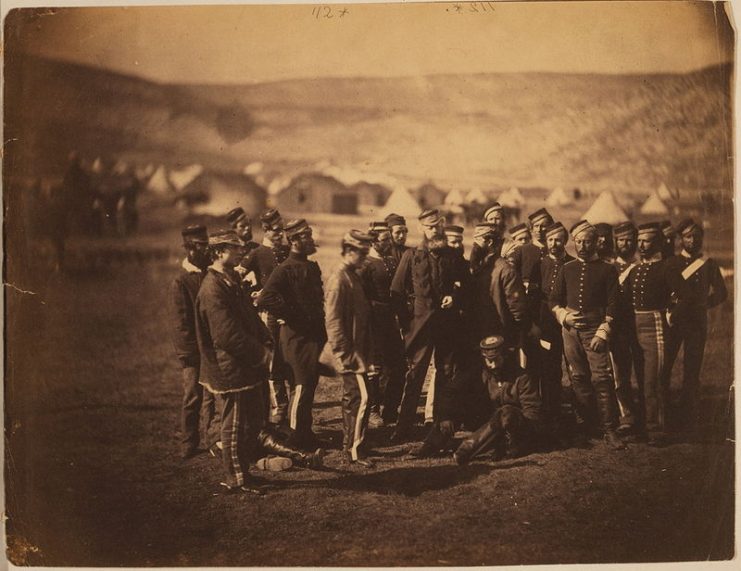
Mexican general Santa Anna – who decided a nap was the most prudent preparation for battle
Antonio López de Santa Anna, the man who styled himself as the “Napoleon of the West,” certainly did not share any of the famous Frenchman’s caution. Drunk with triumph because of his one-sided successes at the Alamo and Goliad against the pesky Texans, who wanted independence from Mexico, he totally underestimated his opponents.
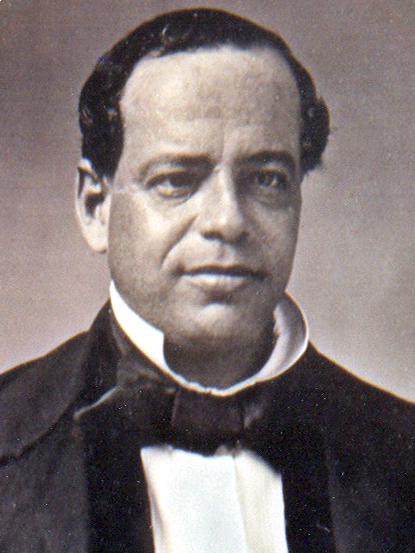
On April 21, 1836, when the sun barely crested the horizon, the Texans stormed Santa Anna’s camp at LaPorte. The Mexican commander had set up his headquarters in the worst possible place. Even more astonishing was that he was catching some z’s when the Texans attacked.
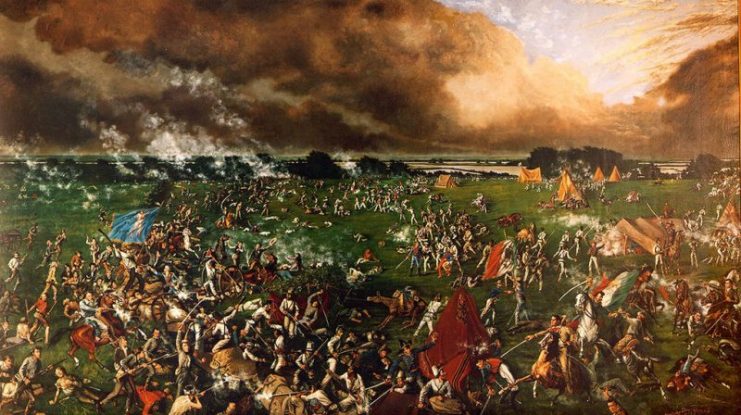
Santa Anna woke up in the middle of the fight, shouting orders at his men. It was far too late. The Mexican host was routed and defeated in 18 minutes. As a result, Texas became the only US state ever to become a republic, from 1836-1845.
As for Santa Anna – well, he managed a political comeback, ruling Mexico as president on more than one occasion.
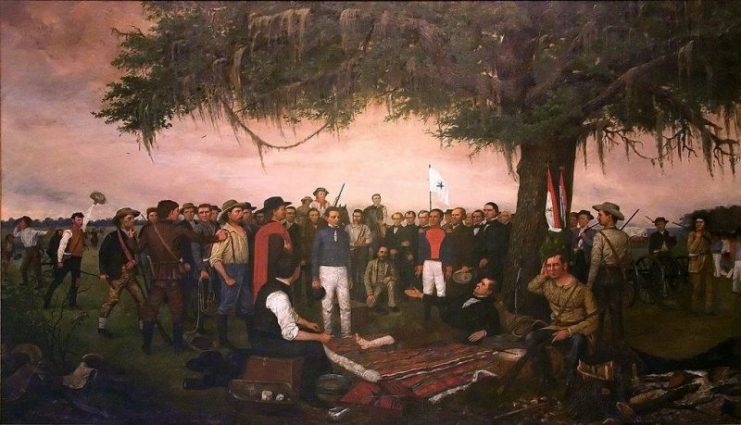
The Cadiz Expedition – when drunken English louts were put to the sword
This might sound like a band of Chavs (antisocial British youth dressed in designer sportswear) getting their due reward during a drunken summer outing to the sunny Spanish coast. However, the reality – no matter how much the Spanish dislike holidaying British “lager louts” – was far worse.
In an attempt to recapture the glory of the defeat of the Spanish Armada in 1588, the English launched an attack on the Spanish port of Cadiz in the autumn of 1625.
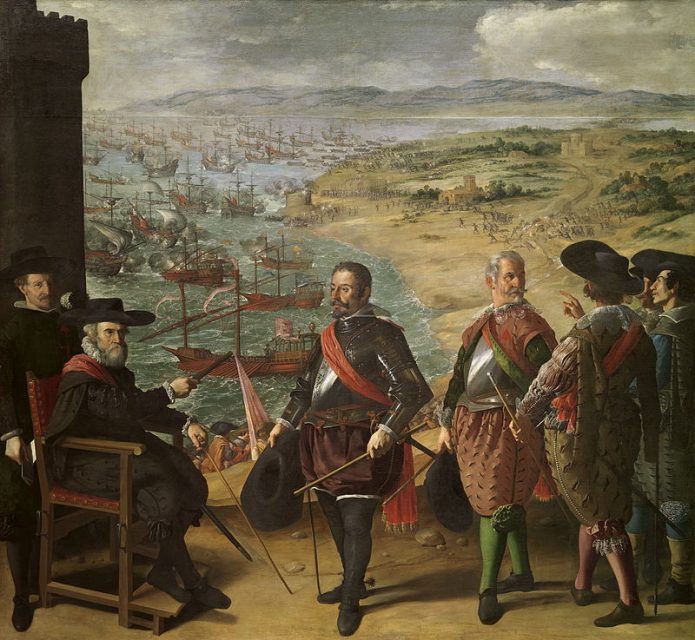
Sir Edward Cecil, the commander of the 15,000-strong English force, upon seeing the strong Spanish fortifications at Cadiz decided to march in the opposite direction. As a result, his army stumbled upon a village in the wine-producing region of Andalucía.
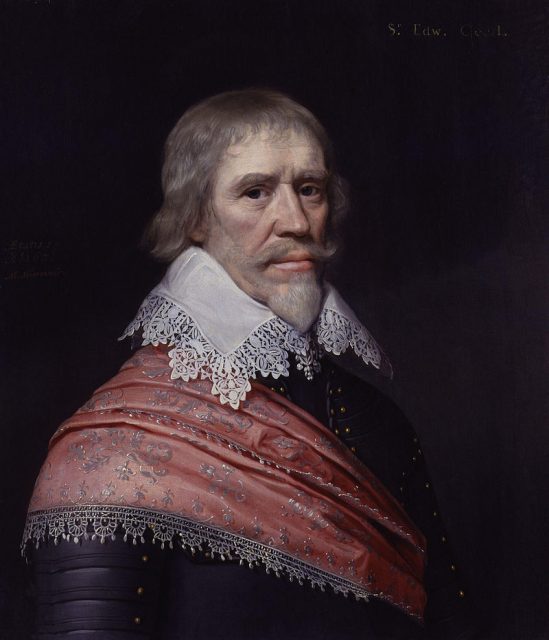
Unfortunately for Cecil, the hamlet was stocked full of wine – a situation his men much appreciated. It does not take a genius to know what happened next.
In the shortest of time, Cecil’s army was reeling in drunkenness, and that marked the end of the invasion. It was so bad that approximately 2,000 inebriated Englishmen were left behind and dispatched by the Spanish relief force.
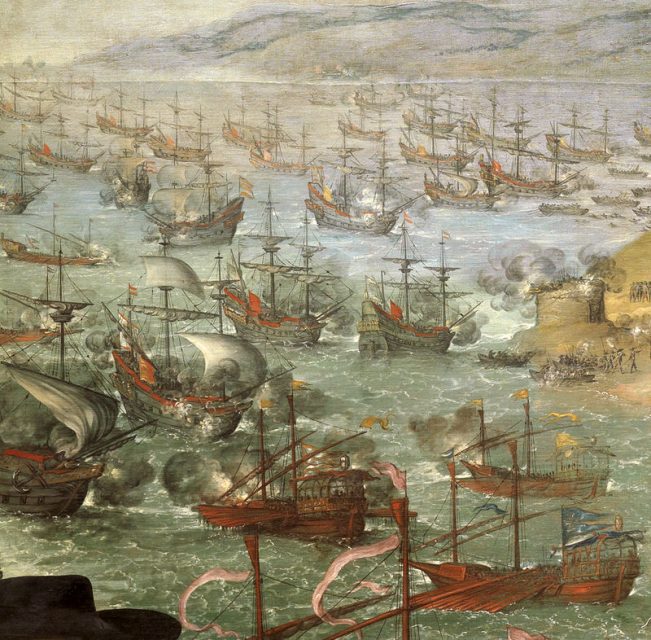
The US warship that almost torpedoed President Franklin Delano Roosevelt
During World War II the Fletcher-class destroyer USS William D. Porter formed part of the task force that carried Franklin Delano Roosevelt and numerous cabinet members across the Atlantic to Mers El Kébir, Algeria.
Roosevelt’s final destinations were Cairo and Tehran. The latter was where famous talks with Soviet Premier Joseph Stalin and British Prime Minister Winston Churchill took place.
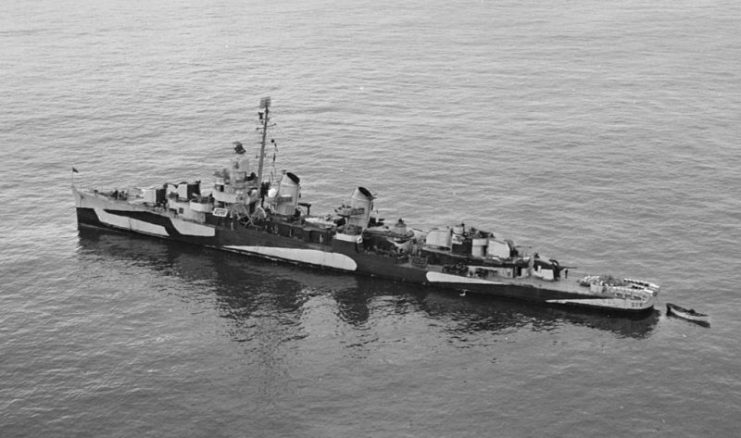
En route, the “Willie Dee” was involved in several cockups. All the ships were required to perform various exercises along the way. However, this proved too much for Willie Dee’s inexperienced crew.
To begin with, they lost a live depth charge overboard – the ensuing explosion caused everybody to think that the Germans had discovered the president, and they nearly abandoned the mission.
If that was not enough, a few days later Porter‘s captain launched a torpedo exercise. Unfortunately, the torpedo his ship fired was no dud.
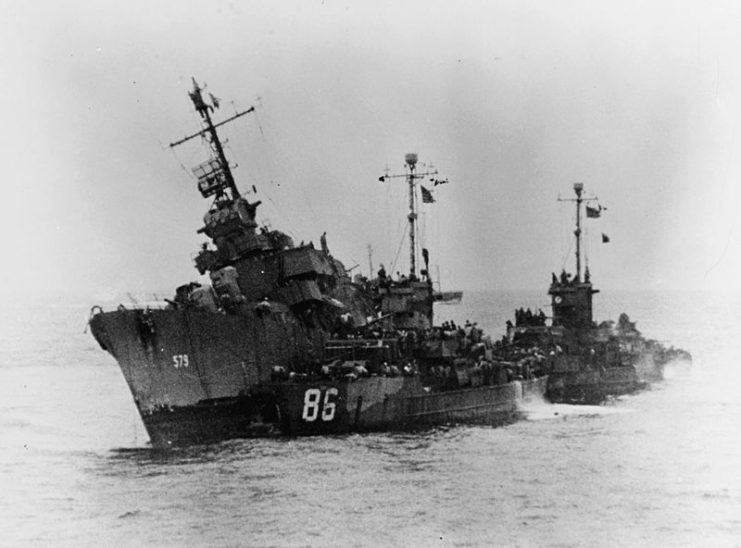
Within moments a live torpedo hurtled toward USS Iowa and the president. Now, USS Iowa is one huge battleship and very difficult to miss. Yet despite this, and thanks to some pretty incredible maneuvering, the projectile whooshed past and detonated harmlessly.
Roosevelt remained calm throughout the entire episode, even asking a crewmember to push his wheelchair to the edge of the deck so that he could get a better view.
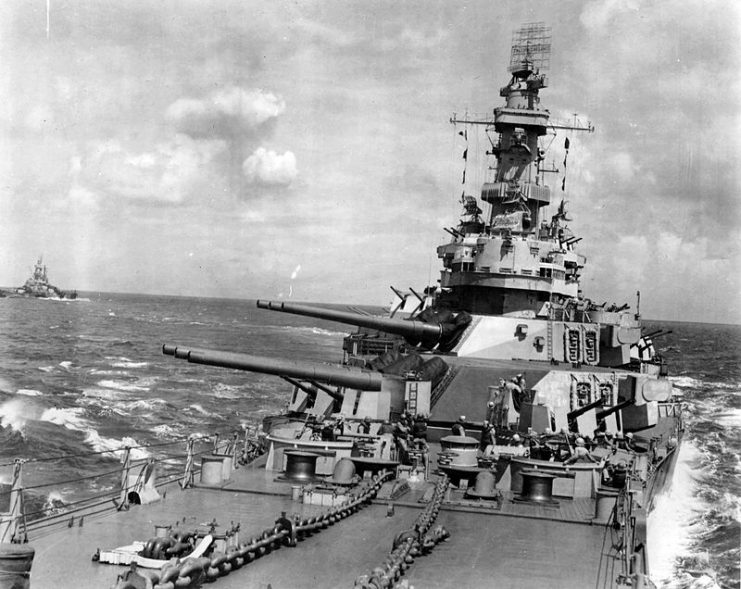
In the end, Porter‘s crew was held and questioned at Bermuda. Finally, Torpedoman Lawton Dawson admitted to his mistake of having forgotten to remove the primer on the torpedo. He was sentenced to 14 years hard labor – but a forgiving Roosevelt revoked this.
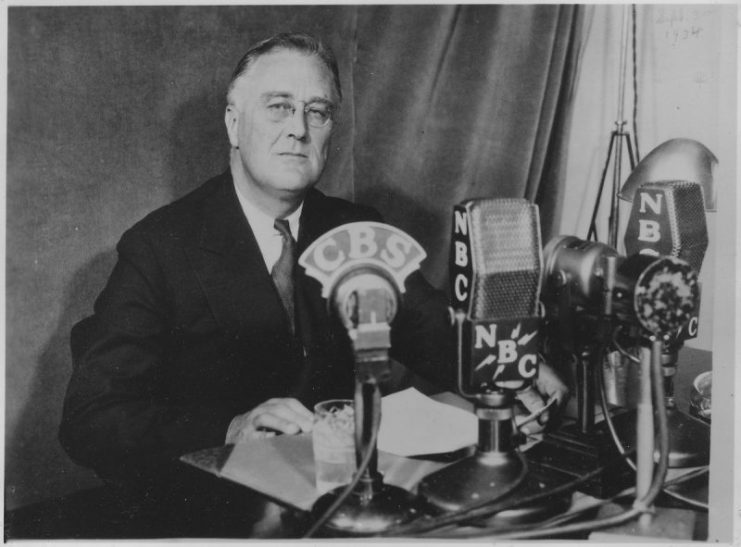
Incompetence – alcohol – inexperience – arrogance
These true events show you that it is not always the enemy that causes havoc for military forces. In some cases, an inept general, miscommunication, forgetfulness, or booze are more than enough to screw things up.
